Reportar esta entrada
Más sobre la misma comunidad-colección
Post Office Downtown - El Paso, Texas
Post Office downtown at 219 Mills Ave, El Paso, Texas 79901.
Automóviles aparcados frente a la taller mecánico Johnson’s
Three cars are parked in front of Johnson's Automobile Repair ...
EPCC El Paso Community College Rio Grande Campus
The College Rio Grande Campus is located in 100 West Rio Grande ...
El Paso Public library main branch
El Paso Public library main branch in 501 N. Oregon El Paso Tx ...
El Paso Public library main branch
El Paso Public library main branch in 501 N. Oregon El Paso Tx ...
El Paso Public library main branch
El Paso Public library main branch in 501 N. Oregon El Paso Tx ...







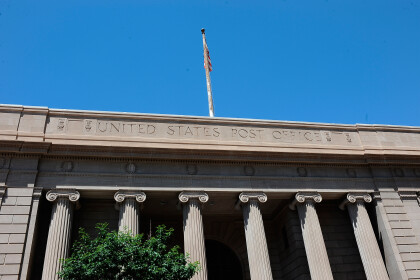
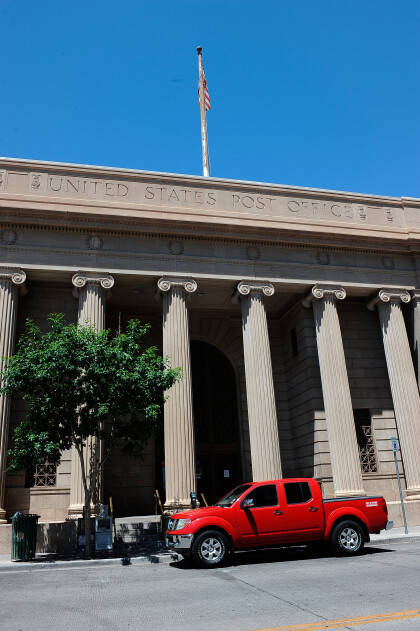
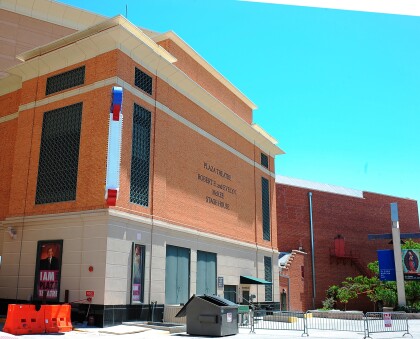
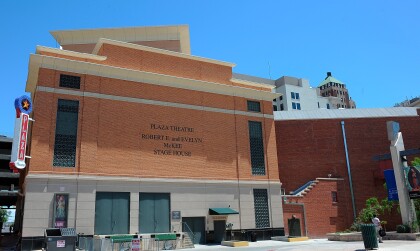
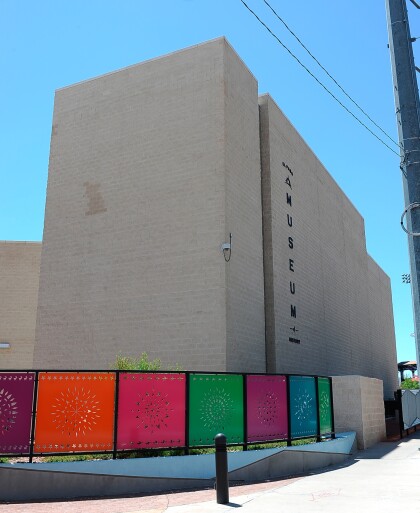
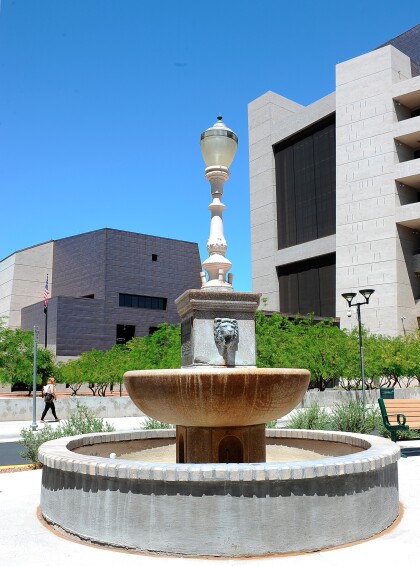
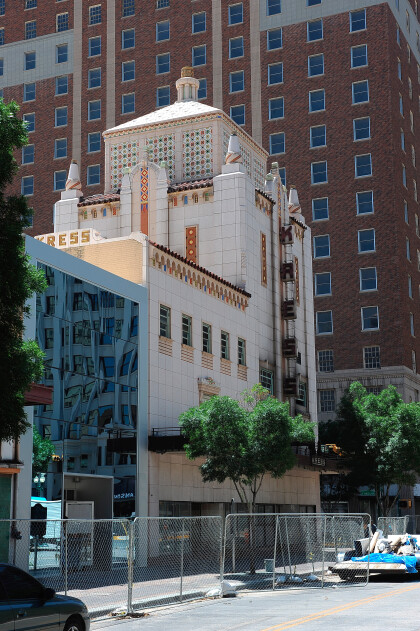
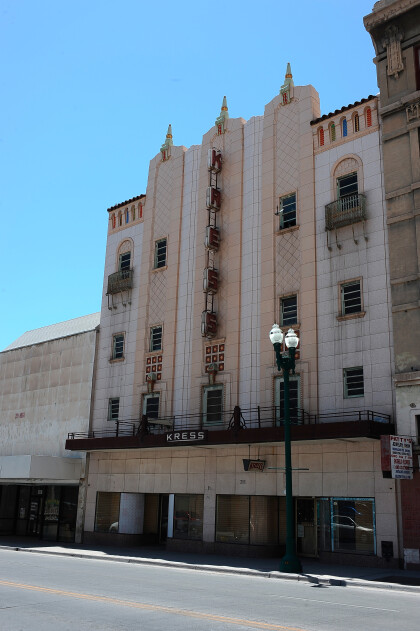
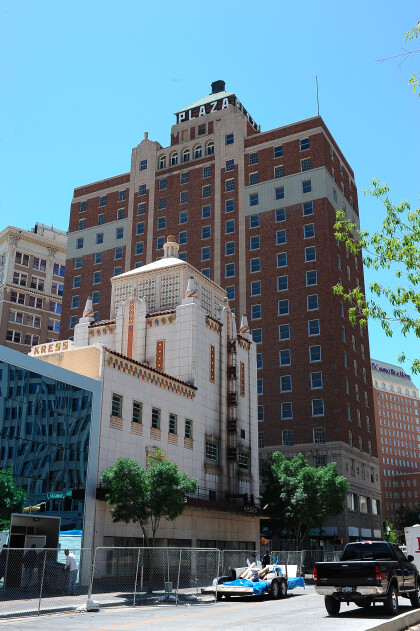
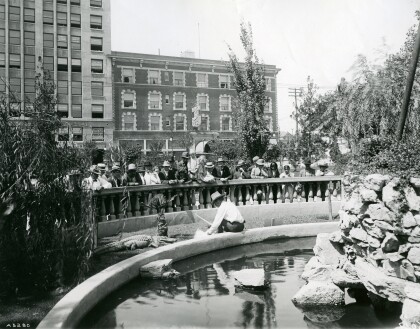
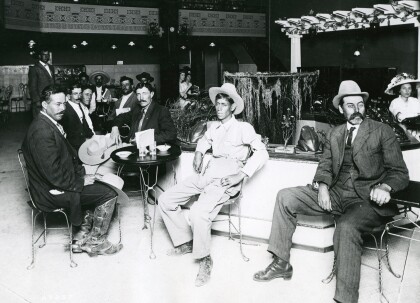
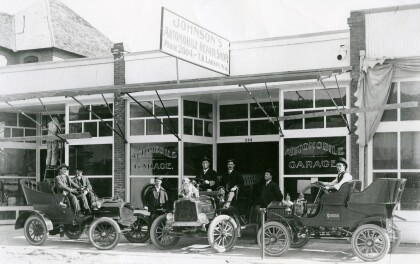
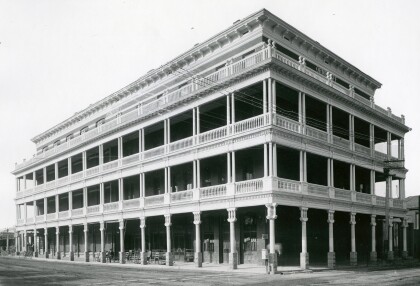
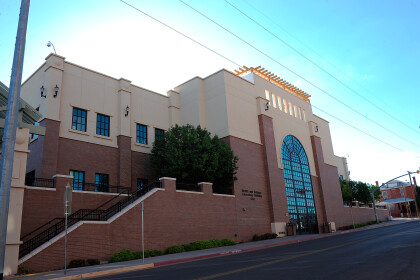
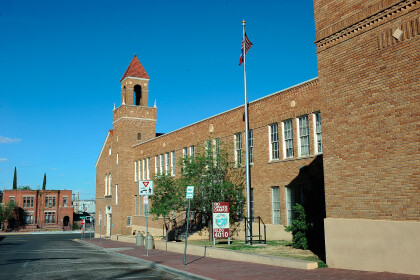
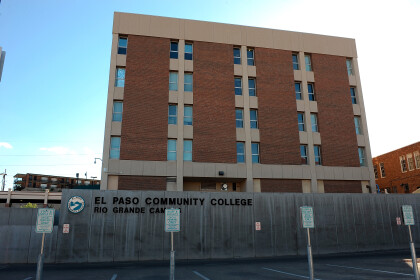
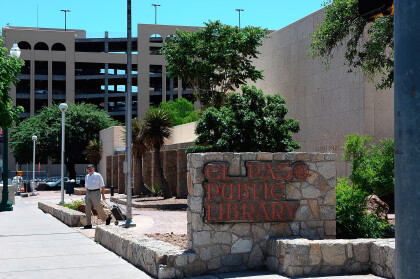
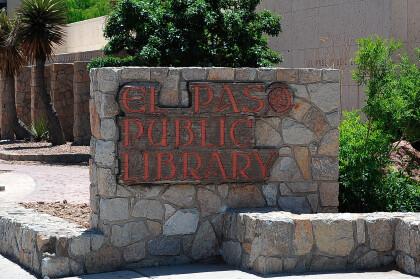
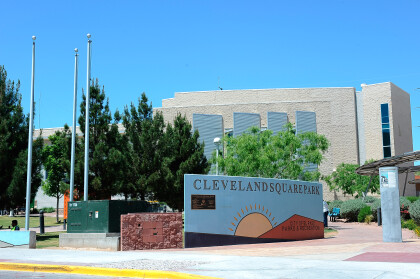
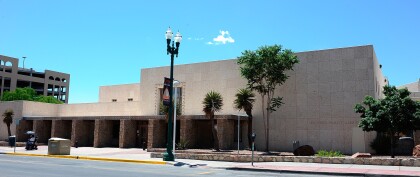
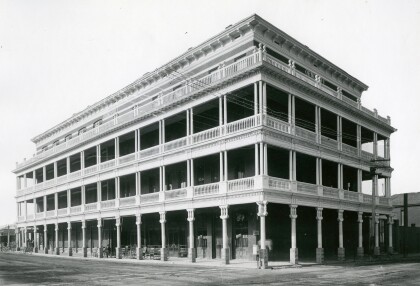
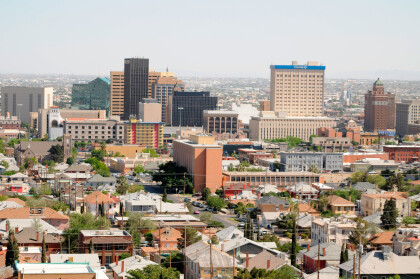
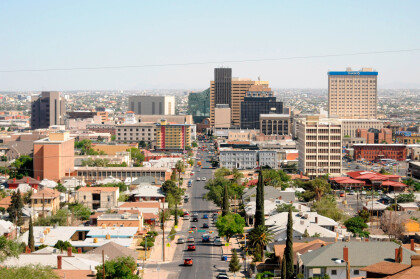
Comentarios
Hacer un comentario